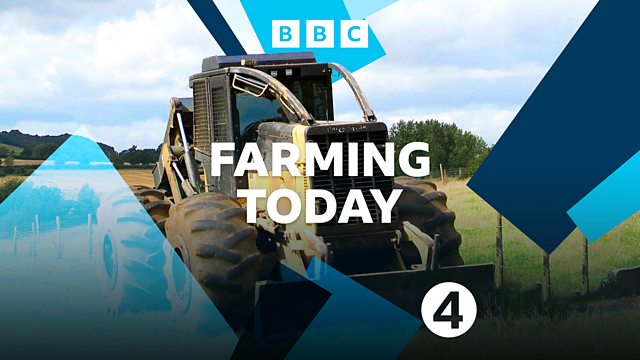Farming in War and Peace
Eighty years after VE Day, Vernon Harwood is in Cambridgeshire to learn how farming was revolutionised during and after the war.
It’s 80 years since VE Day and the nationwide celebrations to mark the end of the Second World War in Europe. Six years of conflict changed almost every aspect of British life and heralded a revolution in the way we grew, and thought about, food. It was the era of ration books, powdered egg, Dig for Victory and the Women’s Land Army – all part of strenuous efforts to keep the nation fed in the face of shortages, the privations of the war effort and the German U-boat blockade hitting crucial imports.
When peace came in 1945 the mindset and momentum of wartime farming continued, and brought about a renewed drive for efficiency, productivity, profitability and mechanisation. In this programme we hear how arable, dairy and pig farming were transformed in the decades after the war and how the echoes of that agricultural revolution can be heard loud and clear today.
On the edge of the Cambridgeshire Fens, it’s possible to experience post war farm life on a visit to Walnut Tree Cottage. The handsome buff brick dwelling is part of the Farmland Museum at Denny Abbey and it’s furnished in 1949 style, complete with a treadle sewing machine, meat safe, scullery and outdoor privy. The cottage stands as a permanent reminder of a time of incredible transition, when a farmworker’s home could still resemble a Victorian household while their working environment embraced innovative technology, synthetic fertilisers, new livestock breeds and pioneering machinery.
Produced and presented by Vernon Harwood.
Last on
Broadcast
- Mon 5 May 2025 05:45���˿��� Radio 4
Podcast
-
![]()
Farming Today
The latest news about food, farming and the countryside


